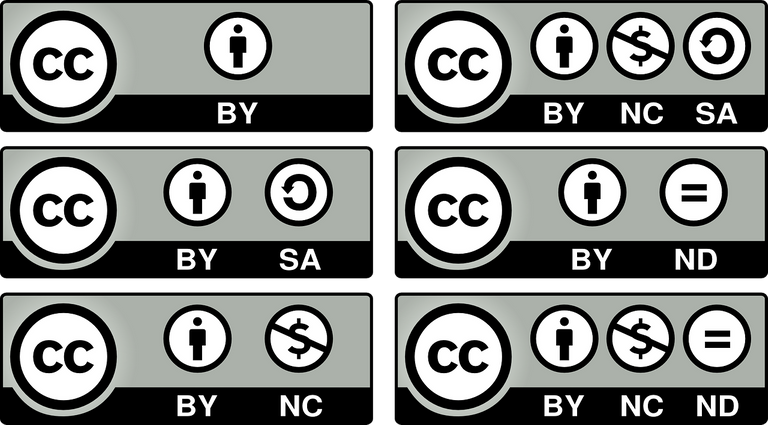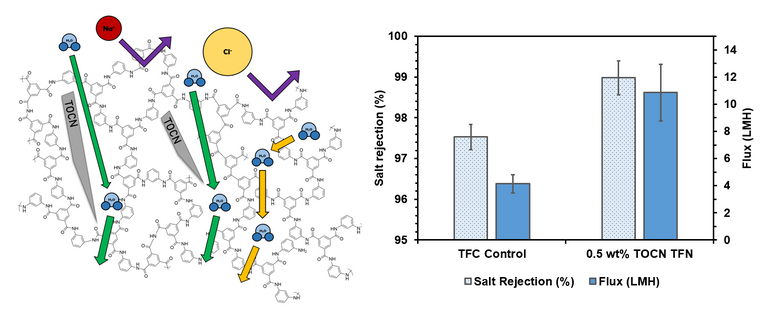Hi Steemit,
It's been a while, and I hope this post will help to explain why.
In August of 2017, I shared a blog outlining some of the problems with publishing scientific studies. The largest of these problems is the fact that private companies control access to the large majority of published scientific studies. This means that even if studies have been funded with taxpayer dollars, they may not be freely accessed by the public.

Image created by progressor. Used under a CC0 1.0 Universal License.
When I shared my thoughts on this issue in 2017, I was young in my graduate school experience. In the closing months of 2018 as I prepared to submit a manuscript describing the results of my previous two years of work, I found myself facing this issue again. My work, while not receiving any government funding, could potentially be locked behind a paywall that would prevent people like you from reading and analyzing my work (assuming that you'd want to, but that's another issue).
Thankfully, I discovered a solution.
Open-access journals have risen to prominence in the past decade because they seek to address this issue head-on. Instead of publishing studies and charging for access, they charge an upfront fee once a paper has been reviewed and accepted and then publish it under a Creative Commons license so that the article is freely available online. All of this, of course, still involves the traditional submission and peer review process that one would expect from a scientific journal.
As I was looking for journals to publish my work, I was contacted by the editor of one of these journals based on an abstract I had submitted for a conference I attended last year. They were looking for articles for an upcoming specialized issue of the journal Nanomaterials, which is specifically titled, "Cellulose Nanomaterials." Given that my work involves the use of cellulose nanomaterials, it was the perfect opportunity.
We submitted our manuscript on December 15th, received feedback earlier this month from reviewers, and I'm proud to say that my manuscript was accepted for publication last week. The library at my university has a grant program to support paying the publication fee (this may allow them to save money in the future on journal subscriptions, as some universities spend millions of dollars on journal subscription access each year), and we were able to take advantage of that fund to secure publication of my work.
This is largely why I've been away from the Steemit communities since last fall. The research for this publication has taken up the majority of my time. However, I wanted to share how pleased I am that I was able to have my work published in a journal that all of you can access. In fact, my work has been released under a Creative Commons Attribution 4.0 International License, which means I can share the work in its entirety on Steemit. However, if you're interested in reading about the results of my graduate work, you may access the study here.
I'm hoping this will be a major milestone for the #SteemSTEM community, as I'll be sharing a peer-reviewed accepted scientific journal article on the blockchain.

Therefore, I would like to present my scientific journal article, Functionalized Cellulose Nanocrystal Nanocomposite Membranes with Controlled Interfacial Transport for Improved Reverse Osmosis Performance here on the blockchain (I've had to share it as a separate blog because of the length). Keep in mind, I am going to present the article in its original form. It is written to a scientific audience, and there is a lot of terminology that relies on acronyms and background knowledge. I would be happy to entertain any questions, and I hope my work can help advance scientific knowledge across the globe.
Access the full text:
If anyone is interested, here is the citation for the paper:
Smith, E.D.; Hendren, K.D.; Haag, J.V., IV; Foster, E.J.; Martin, S.M. Functionalized Cellulose Nanocrystal Nanocomposite Membranes with Controlled Interfacial Transport for Improved Reverse Osmosis Performance. Nanomaterials 2019, 9, 125.
Wow! Thanks for sharing this. I was wondering for a while who footed the bill for open access journal articles. I was listening to a podcast by This Week In Virology months ago and they said the cost is usually paid for by the PI, and its around a $1000 per journal. Nice to hear your University Library got a grant to cover the costs, or much of them. Open access journals are helping science and the world in so many ways! Thanks again!!!
You're very welcome. I appreciate you stopping by to listen!
The publication fee for all of the MDPI journals is 1500 Swiss francs (CHF). Our university had a 25% discount deal with them, so that left the balance at 1125 CHF, which the library paid. It's expensive, yes, but as long as the library has the money, I think it's important on principle. Otherwise, I'm not sure how I would be able to share my work on this platform.
Anyhow, I'm glad it worked out, and again, thanks so much for your comment!
It does seem expensive, but like you mentioned the Library can save money in the long run. If all the Universities did this for pubs, then there would be no need for expensive journal subscriptions like Science Direct. Nor would their be the problem of lack of access to stuff out of their service.
This has been an issue since decades. If you look for the most known and recognised publishers for the scientific research, almost everyone of them are private publishing groups.
It's really sad. I know that much of the public has no interest in reading scientific studies, but the very principle of the matter is deeply disturbing.
Thanks for stopping by. I appreciate your comment.
This post has been voted on by the SteemSTEM curation team and voting trail in collaboration with @utopian-io and @curie.
If you appreciate the work we are doing then consider voting all three projects for witness by selecting stem.witness, utopian-io and curie!
For additional information please join us on the SteemSTEM discord and to get to know the rest of the community!
Hi @ethandsmith!
Your post was upvoted by Utopian.io in cooperation with @steemstem - supporting knowledge, innovation and technological advancement on the Steem Blockchain.
Contribute to Open Source with utopian.io
Learn how to contribute on our website and join the new open source economy.
Want to chat? Join the Utopian Community on Discord https://discord.gg/h52nFrV
Big thx for sharing this link with me @ethandsmith
I wasn't aware of that. This is just sick system.
Appreciate.
Piotr